We left the caravan park by 8.45am, giving ourselves plenty of time to find the Naracoorte Caves and World Heritage Area. We did take a walk out the side gate of the park first though, and marvel at the town swimming lake. It looks like you don't have to pay to use it when it is full in the summertime, as the fence is not high enough to stop anyone getting in and there was a little gate that just opened onto it. We would love to see it with water in it. It is right beside the Big4 Caravan Park. We decided to do both cave tours. The 'Alexandra Cave' was at 9.30am and the 'Victoria Cave' at 10.15am. The first one was for half an hour, so just enough time to drive down to the other. The Fossil Centre is named after a huge snake that has been found in Victoria Cave. It is a 'Wonambi' and paintings of the snake are on the roadway and walkpaths. His skeleton is in the Fossil Centre along with another of 'Leo the Lion Marsupial'. For more than 500,000 years the Naracoorte Caves have acted as pitfall traps for unwary animals and some of these caves are still trapping animals today.
The scientists who investigate these deposits of bones and sediments are a 'Palaeontologist'. One needs to know these things! It is on the facts sheet that the very enthusiastic guide, Danielle gave me. She was so passionate about the findings that are continually being discovered at Victoria Cave. The fact sheet says these "Palaeontologists have been investigating these deposits for over three decades hoping to unravel their tantalising secrets". Danielle said that "It is estimated there are over 45,000 animals that each weigh in excess of 5kgs, buried in the chambers of the Victoria Cave". It is also beleived there are more chambers of the cave still to be discovered. There are nearly 100 known fossil deposits in the cave. What has been discovered so far is just the tip of the iceberg. The first fossil discovery was in 1969 and it is because of this, that the 600 hectare site of the Naracoorte Caves, were World Heritage listed in 1994. This first fossil deposit extends 50 metres back from where we were in the cave and is 20 metres wide.
The coring has been found to be 4 metres deep. Many of the large animals found in the fossil deposits of Naracoorte became extinct around 50,000 years ago. Collectively these animals are known as Megafauna. The reason for their extinction remains a topic of scientific debate. Before leaving we visited the 'Wonambi Display' and it gave us a snapshop of what ancient Naracoorte may have looked like. We enjoyed the noices and the movements of these large animals and the way the whole display had been put together, set some 500,000 years ago There was a Zygomaturus, a Diprotodon and the marsupial lion 'Thylacoleo'. The grandies would have loved it. The 'Alexandra Cave' was the prettiest of the two caves as far as the Stalagmites and Stalactites. It cost us around $70 to do both the caves. We had our seniors discount and a 10% discount voucher from the Caravan Park, which they honoured. Sometimes when you have seniors discount, you can't use the other. Because we said we wouldn't bother going down into Wet Cave (which was our bonus for doing two tours) Danielle said "We could use the bonus to visit the Wonambi Display". Otherwise it would have been another $11.00 each. When making the decision Pete said "Might as well do it! It'll round the cost up to $100"! Pretty expensive really, but it was worth it. The 'Naracoorte Caves' is the only site in South Australia that is World Heritage listed.Onwards we went after lunch, towards Horsham via the Wimmera Highway.
Not that we reckon it was much of a highway. We thought the road might have improved when we got to Victoria, but it wasn't any better. We came through the town of Edenhope and there was this cute old courthouse building that is now the Information Centre. Peter was feeling a bit tired (goes to bed too early and wakes up too early) so we stopped for a cuppa and I walked back up the street to check out the courthouse. Well I thought the 'Old Courthouse' was cute, but I came back with all this history to research. It seems there has been much written about the town of Edenhope and the first Aboriginal Cricket team to tour England came from Edenhope. There was a very sad story about the Maryvale Murders that took place near Edenhope in 1874. Maria Langley and her young daughter Louisa were two of the three murdered. It took ten years to find the bodies and the bones were not released for buriel until 40 years after their death. Can you believe that? And sadly they have been buried in the Paupers section of the Edenhope cemetery. There was a lovely new sign at the side of the building and I thought it was probably info about the building. It was actually photos and info on this story. The Langley family had a reunion in Edenhope just a few weeks ago at Easter. They erected and dedicated the board in memory of Maria and Louisa. I couldn't believe what I was seeing. Jenny has been trying to trace a 'baby Frederick' relative, who was buried in Broken Hill many years ago and I have convinced Peter (didn't take too much convincing) to stay two nights in Horsham, so I can try and trace some family history on my Mum's side. I have found that the Historical and Genealogy Society in Horsham is open every Tuesday and Wednesday between 1.30 and 4.30pm. So it works in with our travels to see how much I can research.For anyone interested in reading more about Edenhope stories, this is the website: http://edenhopehistory.org.au/
Oh dear!! I thought this blog wasn't going to be so long, but here I go again! I feel like I am back at school and loving it! Have to say though "The research and compiling the assignment is so much easier when you can cut and paste on the computer and use the internet"! 12 photos

 Naracoorte, South Australia, Australia
Naracoorte, South Australia, Australia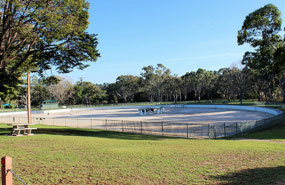
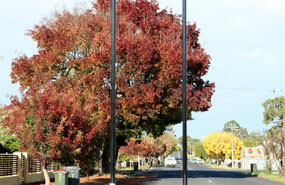
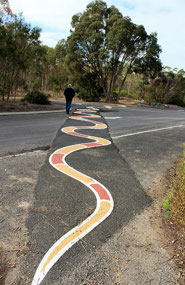


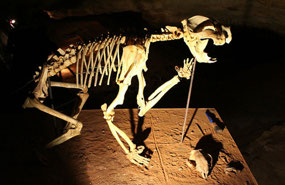
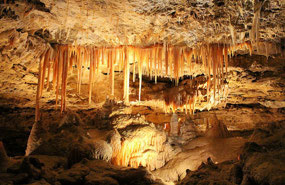
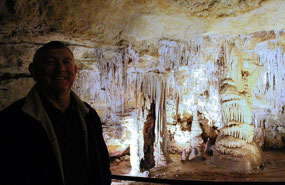
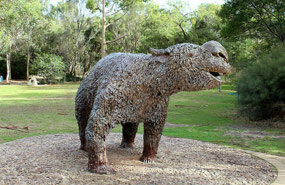
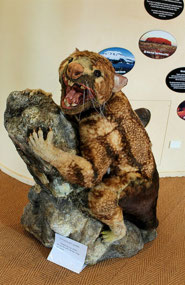
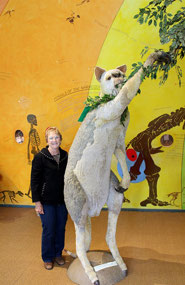
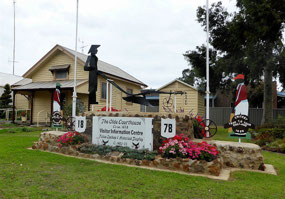

2025-05-22